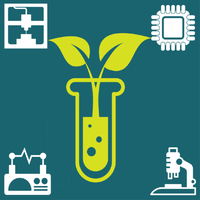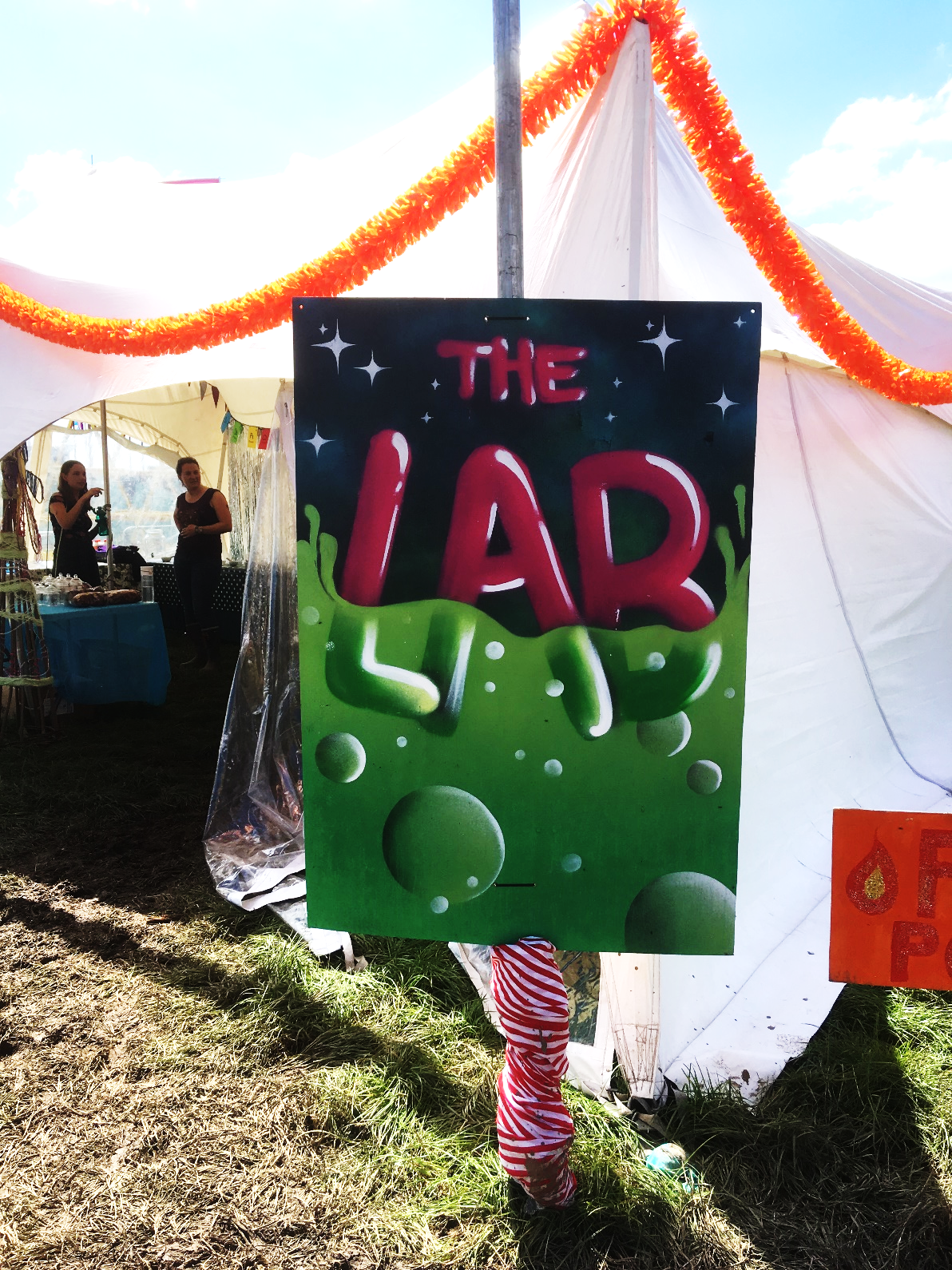Cambridge researcher Ksenia Gerasimova unravels how advocacy science has changed political discourse in science, and the general perception of the role of science in contemporary society.
Biotechnology is an extreme example of how science has had to confront issues such as the place and role of science in society, the need for scientists to communicate and advocate their research to the public and policy-makers, secure funding and address the ethical concerns relating to their research.
This paper discusses the use of term ‘advocacy science’ which is communication of science that goes beyond simple reporting of scientific findings, using two case studies in biotechnology.
- The first, is the 'Puzstai case', when on the documentary, 'World in Action' in 1998, Dr Arpad Puzstai from the Rowett Institute of Research in Scotland raised his concerns over GM foods, in regards to a study conducted at the institute aiming to transfer a snowdrop plant gene to potato (Puzstai 1991). The UK media reacted in force. This sparked the debate over the use of GM crops, and also provoked another about the very way scientific experiments are conducted, interpreted and communicated.
- The second case study is the Seralini Case, when in 2012 a publication by Professor Gilles-Éric Séralini, at the University of Caen, France, on the 'Long term toxicity of a Roundup herbicide and a Roundup-tolerant genetically modified maize' catalysed the discussion not only amongst the media, but also within the scientific community on where the moral aspects of science and scientific communication stands.
Over a relatively short period of time 1998-2012 a large change in the perception of science had happened: it was now seen in a postmodernist style as a social construct, including the natural scientists themselves.
The paper argues that advocacy science should be used to distinguish the engagement of modern civil society organisations to interpret scientific knowledge for their lobbying. It illustrates how this new communicative process has changed not only the politics surrounding science, but our perception of the role of science in contemporary society. It cites OpenPlant as an example of where generic lower-level tools that are largely free of IP constraints can be freely shared to promote innovation in plant synthetic biology (OpenPlant 2016).
Gerasimova suggests that the controversies in the GM debate have contributed not just to policy-making for GM crops, but also to the way biotechnological science, and possibly even science in general, is communicated and perceived.
The full article can be read at:
Gerasimova, K., 2017. Advocacy Science: Explaining the Term with Case Studies from Biotechnology. Science and Engineering Ethics, pp.1-23.

![[Closes 24 Nov 2107] Apply now to the OpenPlant Fund!](https://images.squarespace-cdn.com/content/v1/54a6bdb7e4b08424e69c93a1/1509564315902-TUO4I6QRWI9TT8UGSIAJ/OpenPlantTwitter_400x400+%281%29.jpg)

![[Closes 7 Mar 2017] OpenPlant Research Associate (Haseloff Lab)](https://images.squarespace-cdn.com/content/v1/54a6bdb7e4b08424e69c93a1/1486552818859-FH76MCA8SMFU93WB85RX/OpenPlantTwitter_400x400.jpg)












